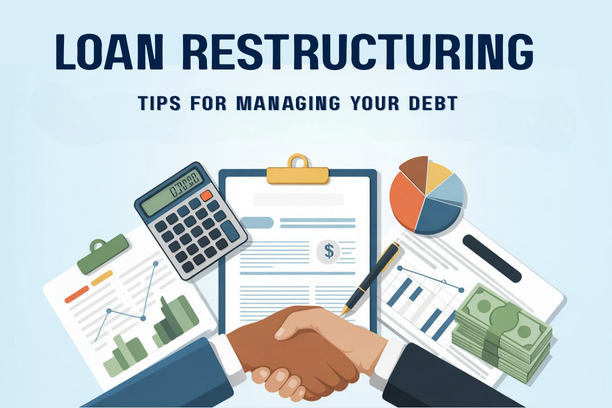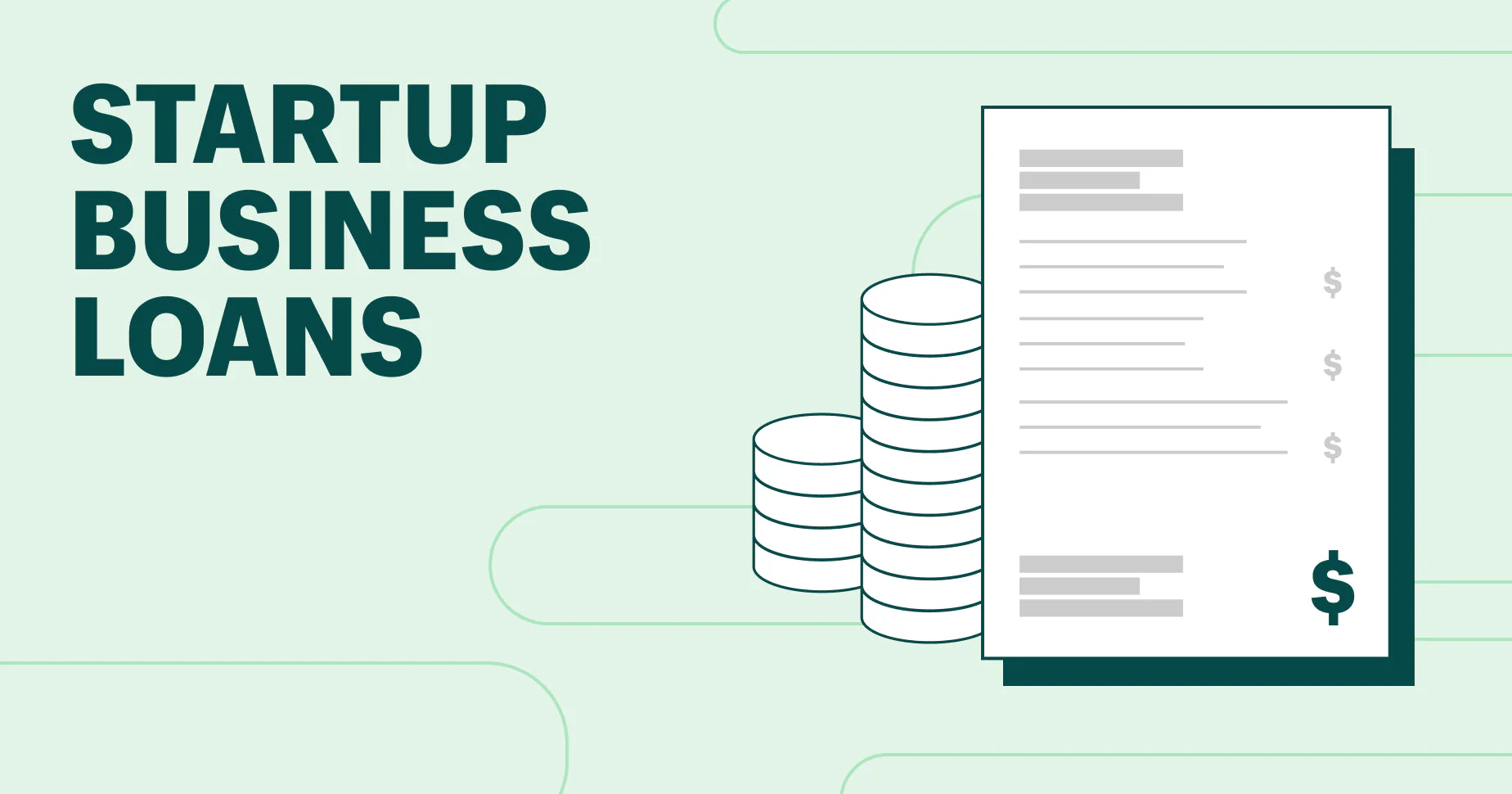When facing a financial need, many Filipinos automatically think of two primary options: a traditional bank or a modern online lending company. However, for a significant portion of the population, particularly low-income earners, entrepreneurs in the informal sector, and those in remote communities, these options are often inaccessible. This is where non-profit organizations and microfinance institutions play a crucial role. The question, then, becomes: Are non-profit organizations an option for loans in the Philippines? The answer is yes, but the process and purpose of these loans are fundamentally different from those offered by commercial lenders. This guide will delve into the role of non-profit lenders, explore their unique loan products, and provide essential advice on how to safely and responsibly borrow from these non-traditional sources.
The Role of Non-Profit Organizations in the Philippine Lending Market
Non-profit organizations and their microfinance counterparts exist to serve a specific purpose: to provide financial services to those who are often excluded from the formal banking system. Their mission is not to maximize profit, but to foster financial inclusion and uplift communities.
Bridging the Financial Inclusion Gap
The Philippines has a diverse financial landscape, but it is not without its gaps. Many Filipinos do not have a formal credit history, a stable source of income, or the collateral required by traditional banks. This often leaves them vulnerable to informal, high-interest lenders. Non-profit organizations and microfinance institutions step in to fill this gap, offering a lifeline to these underserved communities. They do this by providing small, accessible loans, often with a focus on education, community building, and entrepreneurship.
![]()
For these organizations, a loan is more than just a transaction; it is a tool for social and economic development. The loan may be intended to help a small business owner buy inventory, to fund a family’s educational expenses, or to help a farmer acquire seeds for planting. The lending model is often built on community trust and peer accountability, where a group of borrowers co-guarantee each other’s loans. This peer support system not only ensures a high repayment rate but also creates a sense of shared responsibility and community among the borrowers. This approach is what sets them apart from commercial lenders and is the core of their mission to promote financial empowerment and self-sufficiency.
Defining Non-Profit Lenders and Microfinance Institutions
It’s important to understand the difference between a general non-profit organization (NGO) and a microfinance institution (MFI) that operates on a non-profit model. While both are non-profit, their core functions differ. An NGO might have a broad mandate that includes various social services, and may or may not offer loans. A microfinance institution, on the other hand, is an organization whose primary purpose is to provide micro-credit and other financial services to low-income individuals.
In the Philippines, microfinance NGOs are regulated under the Microfinance NGO Act (Republic Act No. 10693) and are monitored by the Microfinance NGO Regulatory Council. This regulation ensures that these organizations operate ethically and adhere to specific standards for reporting and operation. Legitimate MFIs and non-profit lenders are not a source of quick, no-questions-asked cash; they are a formal part of the country’s financial system, designed to provide a specific type of financial service to a specific demographic. They are an essential part of the answer to the question, “Are non-profit organizations an option for loans in the Philippines?”
Evaluating Loans from Non-Profit Organizations
The loan products offered by non-profit organizations are distinct from those of traditional banks and online lenders. To make an informed decision, you must understand their features, requirements, and repayment terms.
Key Features of Their Loan Products
Loans from non-profit and microfinance institutions are designed to be accessible and to serve a specific purpose. They are not intended for consumer spending but for productive activities.
- Loan Purpose: The loan is typically tied to a specific purpose, such as for a small business, agricultural needs, or education. The lender may require a business plan or a proposal to ensure the funds are used for their intended purpose.
- Loan Amount: The loan amounts are generally small, often starting from a few thousand pesos, to prevent borrowers from taking on too much debt.
- Collateral and Guarantors: Instead of requiring traditional collateral like property, many non-profit lenders use a “group lending” model, where a group of borrowers acts as a mutual guarantor.
- Repayment Terms: The repayment schedules are often more flexible and can be tailored to the borrower’s cash flow. For example, a farmer may have a payment schedule that aligns with their harvest season.
- Required Seminars or Training: Many non-profit lenders require borrowers to attend a pre-membership or pre-loan seminar. This is a crucial part of their model, as it provides borrowers with financial literacy training and business development skills.
A Comparison of Rates, Terms, and Requirements
While non-profit lenders do not exist to make a profit, they still need to cover their operational costs, and so they do charge interest. However, their interest rates are often more reasonable than the exorbitant rates of some predatory informal lenders. The interest rates are typically higher than a traditional bank loan but can be competitive with or even lower than those of some online lending apps, especially when you factor in the added benefits of training and community support.

The requirements for a loan from a non-profit lender are also very different from those of a bank. Instead of a high minimum income and a good credit history, they often look for a borrower’s character, their business plan, and their commitment to their community. Required documents might include a valid ID, proof of residency, and a detailed business proposal. For those who have been excluded from the traditional banking system, these more flexible requirements can be a game-changer.
A Guide to Safe Borrowing from Non-Profits
While many non-profit lenders are legitimate and operate ethically, the space is not without its risks. It is vital to do your due diligence and ensure you are borrowing from a reputable institution.
Examples of Reputable Non-Profit and Microfinance Lenders
The Philippines has a number of well-established microfinance institutions that have a long history of serving the poor and marginalized. These organizations have a proven track record and are a safe place to start your search.
- CARD MRI (Center for Agriculture and Rural Development Mutually Reinforcing Institutions): A leading microfinance institution in the Philippines, CARD MRI offers a wide range of financial services to its members.
- UPLiFT Philippines Microfinance Inc.: A non-government organization specializing in microfinance and social services for the urban poor, UPLiFT provides microloans for business use.
- Community Economic Ventures, Inc. (CEVI): A microfinance NGO that focuses on providing credit, savings, and insurance to its clients, along with training through regular group meetings.
In addition to these, many cooperatives also operate on a non-profit model and provide a variety of loans to their members. These institutions offer low interest rates and a wide range of loan products, from emergency loans to small business loans
How to Verify a Non-Profit Lender’s Legitimacy
Just because an organization claims to be a non-profit does not mean it is legitimate. To protect yourself from scams, you should always take the following steps:
- Check for SEC Registration: All legitimate lending companies, including microfinance NGOs, must be registered with the Securities and Exchange Commission (SEC).
- Look for a Physical Office: A legitimate lender will have a verifiable physical address and contact details.
- Read the Contract Carefully: A legitimate loan provider will give you a formal loan agreement that clearly states the principal amount, interest rate, fees, and repayment terms.
- Avoid Exorbitant Fees: Be wary of lenders that charge extremely high interest rates or fees that drastically exceed market norms.
By taking these precautions, you can ensure that your search for a non-traditional loan leads you to a safe and beneficial financial partnership.
Conclusion
The answer to “Are non-profit organizations an option for loans in the Philippines?” is a resounding yes, but they are not a substitute for a traditional bank. They are a specialized type of lender, designed to provide a specific kind of financial service to a specific demographic. For individuals who are not served by the traditional banking system, these institutions offer a viable and often more compassionate alternative. By understanding their mission, their loan products, and the necessary steps to verify their legitimacy, you can access the credit you need to achieve your financial goals and become a part of a community that is dedicated to your success.













